If you got all excited by the title of this article, I hate to bring you back to reality—but I’m going to do so anyway.
There is no “right way to get strong.”
Sure, there are many things you should avoid at all costs when it comes to building strength with a barbell—but there is no perfect system.
Most of the time I use a cycling approach in my training. Other great lifters (Eddy Coan being one) have also used this method. You start moderately light and build up the weights each week as the cycle progresses. There’s more to it than that, but you get the idea. It works for me, it worked for Eddy, and it’ll work for you, too.
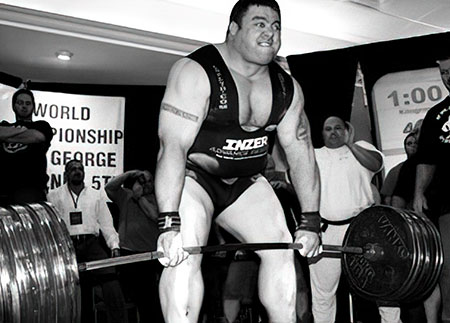
But is cycling the only way to get strong?
Nope. Sheiko works, and if you enjoy a ton of volume and moderate intensity, it’s probably the program for you. Westside works as well, and if you like endless variety, you could do worse.
With all that said, there are times when it pays to do something different. The most obvious time is when what you used to do is no longer working and you need something different to help you overcome a plateau.
Extreme Specialization: The Bulgarian Approach
One method to use in such a scenario is extreme specialization. The most hard-core example of extreme specialization is what the Bulgarian weightlifters did under the great coach Ivan Abadjiev. They got so specialized that the advanced lifters did only five exercises:
- Clean and Jerk
- Snatch
- Power Snatch
- Power Clean
- Front Squat
Before you rush off to copy this program, understand that the system broke more lifters than it made, but they didn’t care because it produced a phenomenal amount of Olympic and world weightlifting medals from a poor Eastern European country with a population similar in size to London. Mind-blowing.
Extreme Specialization for the Real World
Anyway, let’s get back to reality. Unless you’re prepared to give up your life, train multiple times a day, use a boatload of gear, and max out every time you train, then the Bulgarian system isn’t for you. By all means, read about it and be amazed—but don’t try to copy it.
The question is: “How can you use extreme specialization in the real world?”
Well, there are many ways and here’s one example:
- Pick a lift—the deadlift, for instance—that you want to focus on for eight weeks.
- Train four times a week.
- Do three sessions for the lower body and one for the upper body. The upper body session is there to help you maintain upper body strength. If at present you often overtrain your upper body, then the reduction in training frequency may even lead to strength gains. Sometimes less is more.
- On the lower body days, squat one day and do a few assistance exercises, but devote the majority of your training time to the deadlift.
- Avoid failure.
- Have harder days and easier days.
- Incorporate cycling, speed work, technique practice, and block pulls (or pin pulls) to get you feeling properly heavy weights in your hands.
Deadlift like that—three times a week, using a variety of methods and avoiding failure—and a much stronger deadlift may well be yours at the end of eight weeks.
###

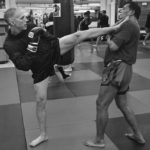
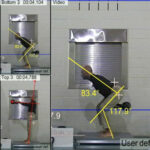
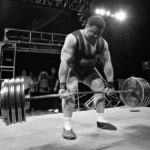
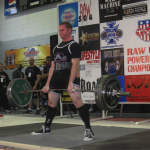


Great article…was wondering who wrote it (my first time on site) and then I saw the name…WOW.